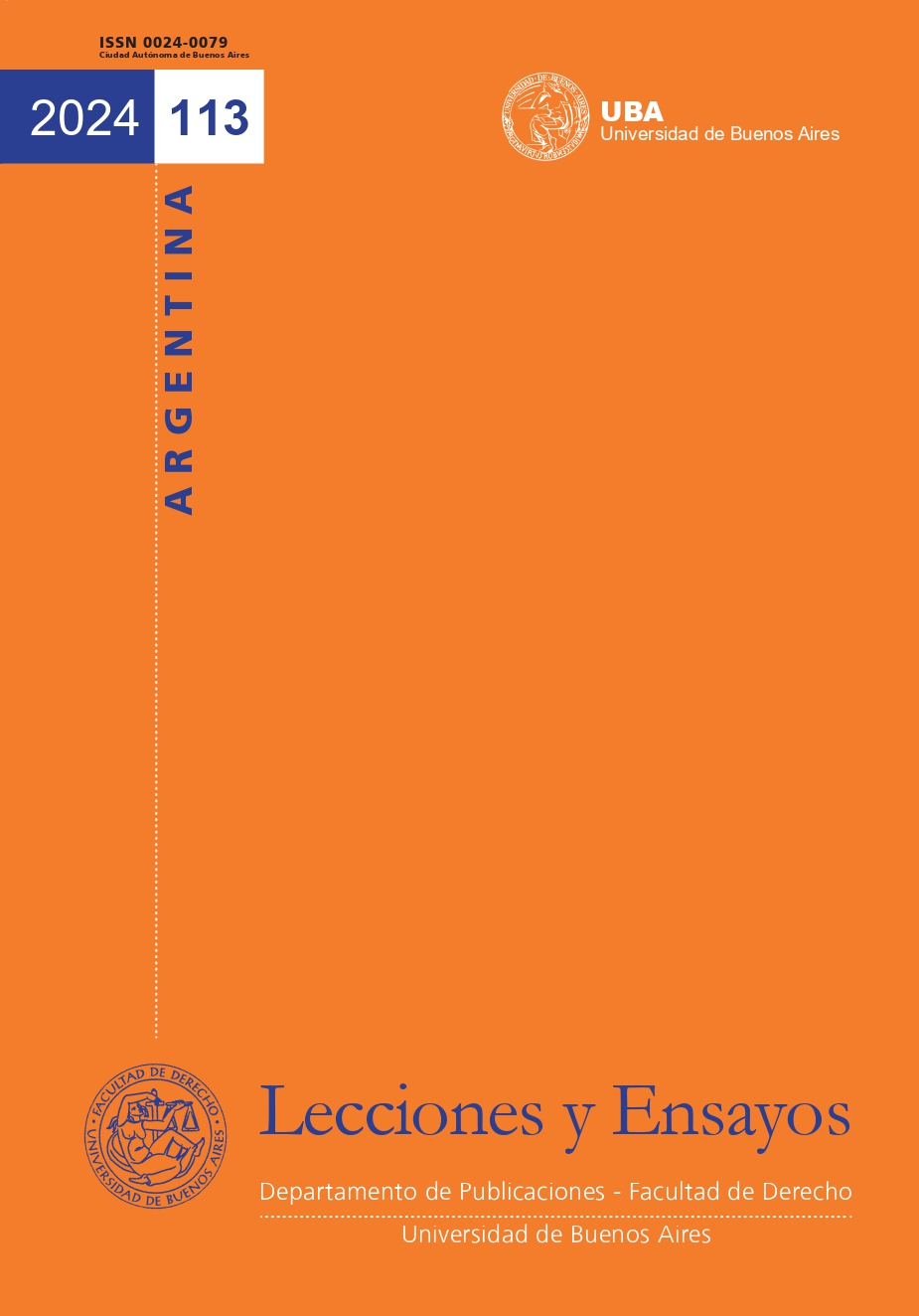The Architecture of International Law
Keywords:
international law, legitimacy, political representation, institutional architecture, public deliberation, civil society, legal infrastructureAbstract
In this article, I reflect on the architecture of international law, understood both in its normative dimension and its concrete materiality. Drawing from a personal experience during the WTO’s Eleventh Ministerial Conference in Buenos Aires, I analyze how the foundational principles of international law—representation, participation, and deliberation—often coexist in tension with the physical environments in which legal decisions are made. I observe that while international legal discourse frequently invokes democratic ideals, the spatial configuration of lawmaking settings tends to contradict or restrict those ideals. Buildings, their internal layouts, access protocols, and symbolic meanings are not neutral; they shape who gets to participate, how deliberation unfolds, and whose voices are excluded. In light of these findings, I propose an interdisciplinary research agenda that integrates legal, aesthetic, normative, and empirical perspectives to imagine a more open international legal system—one that is aware of its materiality and committed to its democratic aspirations.
Downloads
Downloads
Published
How to Cite
Issue
Section
License

This work is licensed under a Creative Commons Attribution-NonCommercial 4.0 International License.











